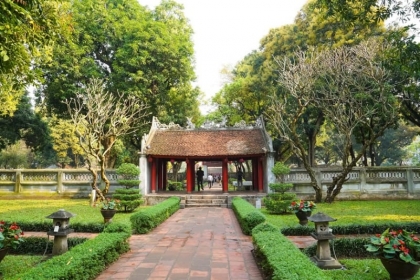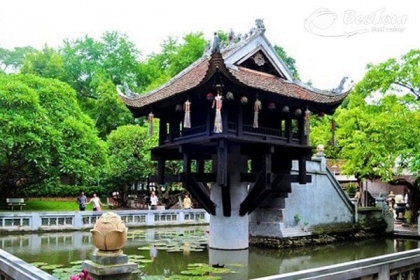Hanoi Old Street
Vietnamese often say that tourists who visit Hanoi, the capital of Vietnam, but do not visit the ancient streets mean that they only know Hanoi but do not understand the local customs and customs, because the ancient streets are the places that carry the oldest and most nostalgic "soul" of all. .
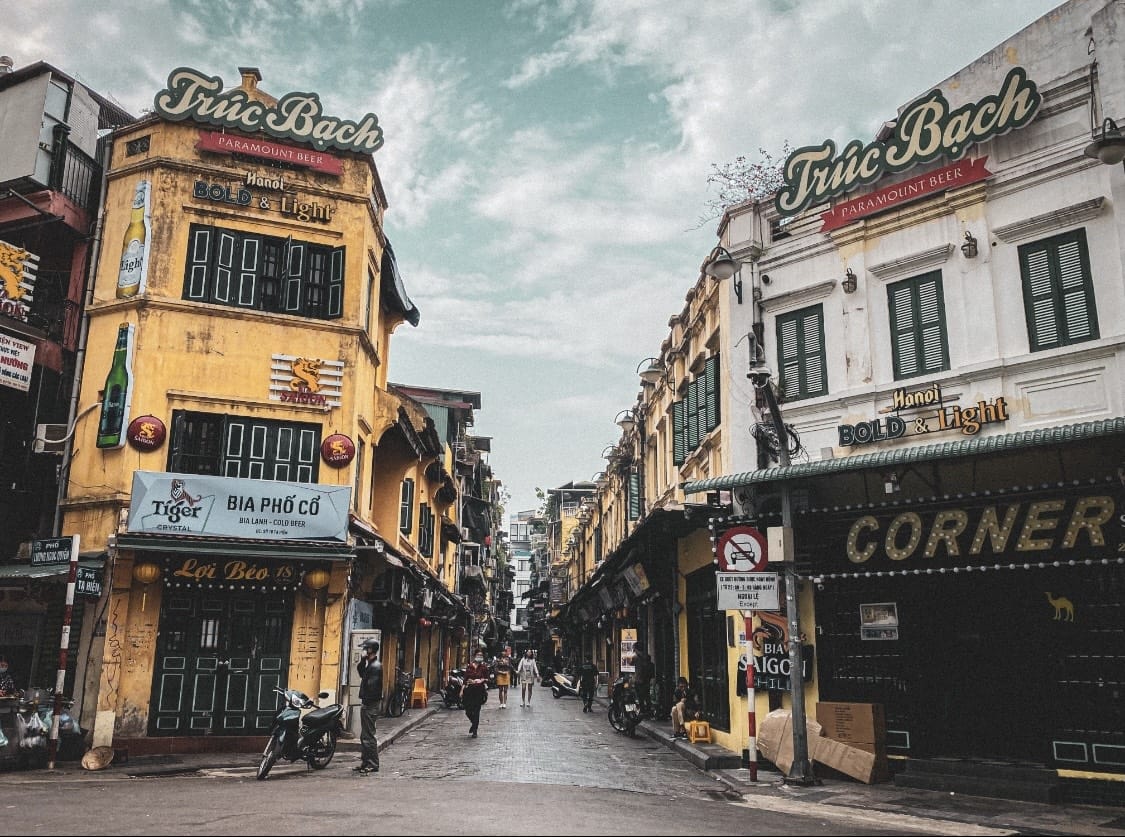
Hanoi Ancient Street in Vietnam is located to the northwest of Hoan Kiem Lake. It has a long cultural history and a prosperous 36 streets. Ancient Street has been the name of a city since ancient times. It was formed during the Li and Chen dynasties and is located to the east of Thang Long Imperial City and borders the Red River. As early as the 15th century, people from all over the world came to Thang Long to do business and make a living, thus forming various guilds and industry streets. Since each street is closely related to a traditional handicraft industry, the streets are often named after the word "行". The ancient street borders Hàng Đậu to the north; Hàng Bông, Hàng Gai and Cầu Gỗ to the south; and Trần Nhậ Gỗ to the west. ); to the west, it borders Trần Nhật and Trần Quang Khải; to the east, it borders Phùng Hưng Street.
Streets named after the character "行" only exist in the capital Hanoi
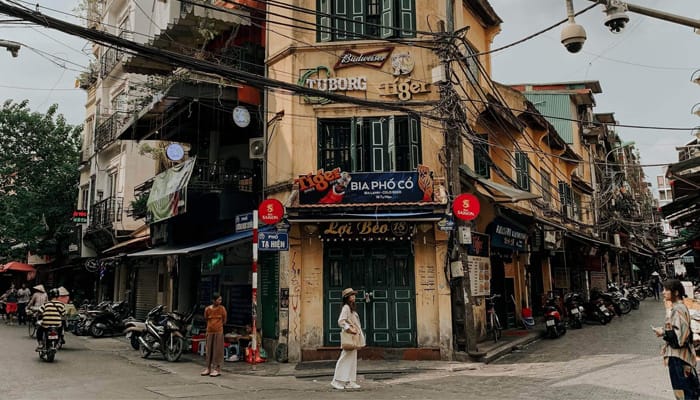
Because Hanoi Old Street is very special and large in area, with a total of 36 streets, it is like a chess game. It is easy to get lost when visiting an ancient street for the first time. Therefore, visitors to the ancient street must "scramble against time" to deeply explore and understand the beauty of the ancient street. Although many streets named after the character "行" today have been engaged in new product sales, people who know the ancient streets can still easily find the products they need. After passing through Hàng Mã, which sells sacrifices and paper money as its main products, you will arrive at Hàng Thiếc, which mainly sells iron products. In the past, almost all streets were dedicated to selling a specific type of goods, but now there are also new items that are different from before on some streets in the ancient streets. For example, Hàng Quạt, which mainly produces and sells fans, is now selling handicrafts such as hand-embroidered paintings and couplets.
A place that still retains the retro beauty of Vietnam
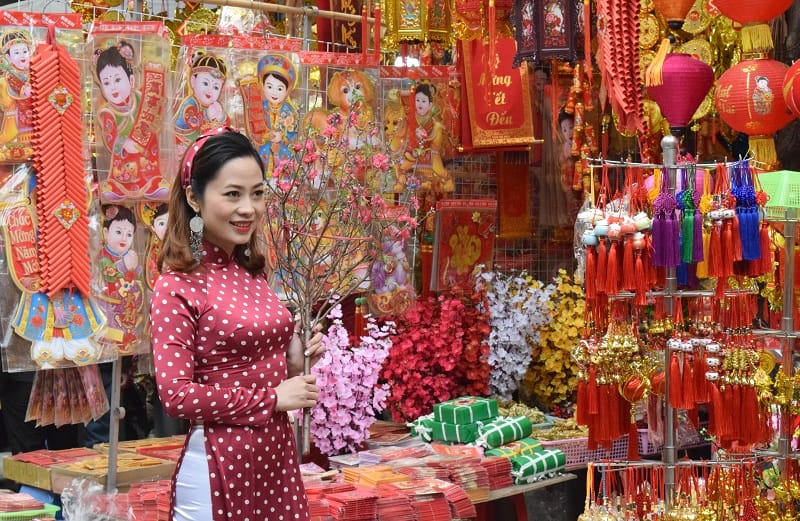
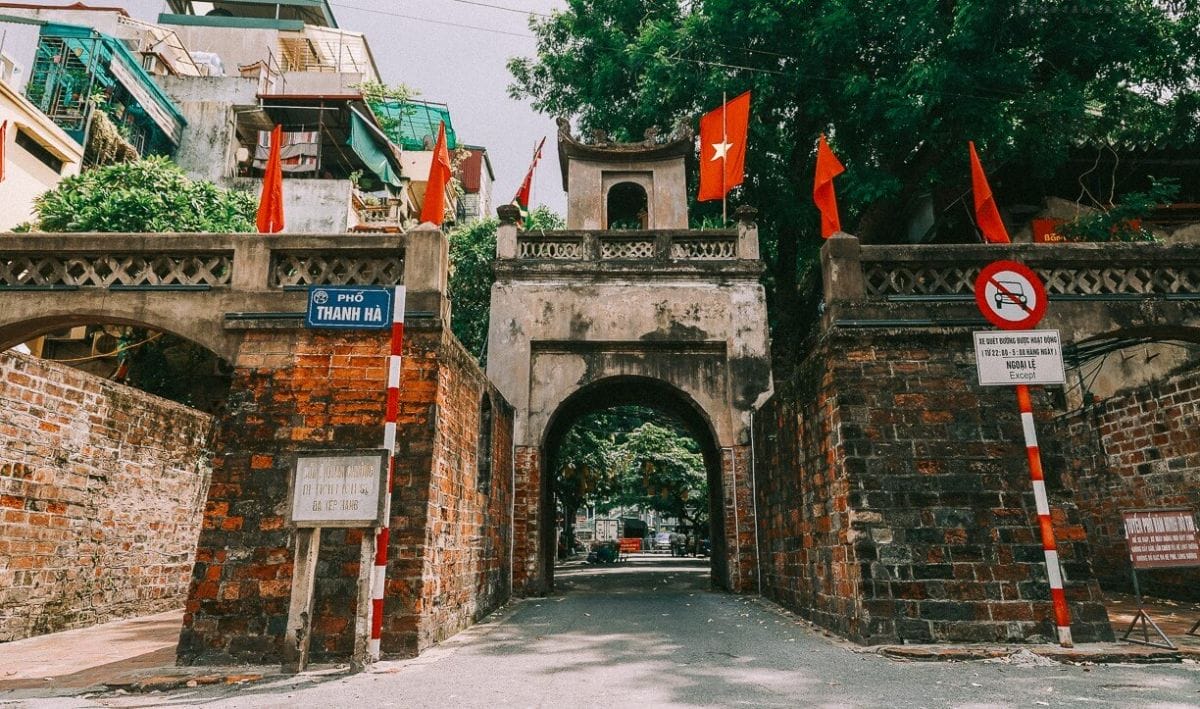
Strolling along the small streets, tourists will occasionally come across ancient buildings such as pavilions, monasteries, temples and the remains of handicraft villages. Not only that, for foreign tourists, the ancient houses here are not only of historical significance but also of contemporary value. In addition, the image of ancient houses nestled next to each other in the alleys also left a deep impression on foreign tourists. Coming to Hanoi Old Street, tourists will be attracted by the bustling life of local residents. The rows of small street shops and bustling trading activities are major features that attract tourists.
In Hàng Buồm, Hoan Kiem District, Hanoi City, Mã Mây Street is one of the ancient streets with the most ancient houses in Hanoi. Among the dozens of ancient houses on Ma Yun Street, No. 87 still retains its original appearance. Visitors here feel the special architecture and cultural traditions of Hanoi. Most of the building materials used in this ancient house are wood. Currently, House No. 87 has become a place to promote and publicize ancient houses in Hanoi’s ancient streets. Every month, the ancient house attracts hundreds of foreign tourists to visit and learn about the ancient house architecture and antiquities.
Bustling streets with people coming and going
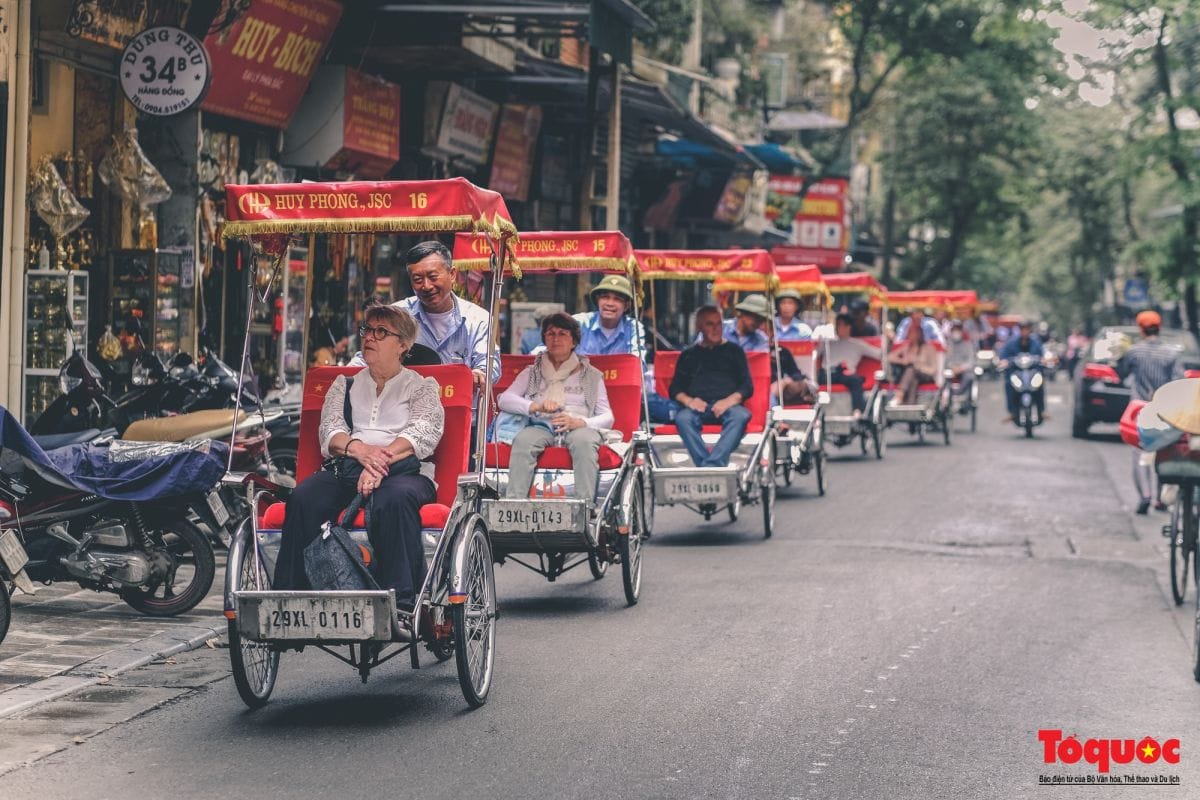
Located on Xie Xian Street in the center of Hanoi's ancient district, it is a five-minute walk north of Hoan Kiem Lake. It is a must-see tourist destination for foreign tourists, including "backpackers", every time they go to Hanoi. It is also an ancient city that is gradually changing. Image of Hanoi. Xie Xian Ancient Street was built in the early 20th century. The entire street is about 266 meters long. One end leads to Silver Street and Dinh Lie Street, and the other end connects to Fan Street. The unique beauty of the architecture on Xie Xian Street is that the side with odd house numbers has 10 identical two-story houses built in French architectural style, while the side with even house numbers has Vietnamese style buildings.
A place that embodies the characteristics of Vietnamese food culture
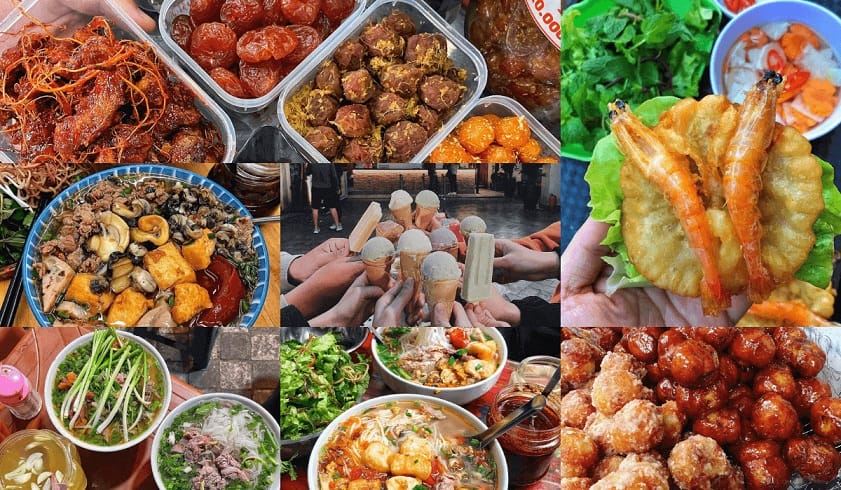
Hanoi’s ancient streets are a place where Vietnamese delicacies gather. When it comes to ancient streets, people will mention barbecue rice noodles, snail noodles on Dong Xuan Market Lane, Bat Dan Pho, Mayan Street roast beef, Heng Hang Street four-section sugar soup, Xi Hang Street Wonton noodles, Yantong Street fried glutinous rice, Dunhang Street fried dumplings, Panhang Street shrimp paste tofu rice noodles, Paixing Street mung bean noodles glutinous rice dumplings and other ancient street delicacies.







